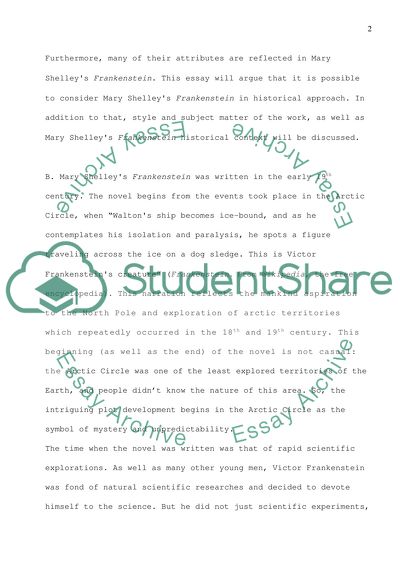Cite this document
(“Historical Approach of Mary Shelley Essay Example | Topics and Well Written Essays - 3000 words”, n.d.)
Retrieved from https://studentshare.org/literature/1500782-historical-approach-of-mary-shelley
Retrieved from https://studentshare.org/literature/1500782-historical-approach-of-mary-shelley
(Historical Approach of Mary Shelley Essay Example | Topics and Well Written Essays - 3000 Words)
https://studentshare.org/literature/1500782-historical-approach-of-mary-shelley.
https://studentshare.org/literature/1500782-historical-approach-of-mary-shelley.
“Historical Approach of Mary Shelley Essay Example | Topics and Well Written Essays - 3000 Words”, n.d. https://studentshare.org/literature/1500782-historical-approach-of-mary-shelley.


